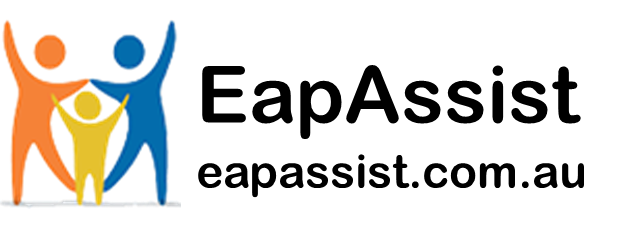his information is for employers about early intervention programs (EIPs), employee assistance programs (EAPs), and their obligations under workers’ compensation laws.
EIPs and EAPs provide workers with access to medical and allied health treatment and support to reduce the likelihood, severity and impact of injuries.
These programs can include access to preventative treatments or other services to improve general health and wellbeing of workers, and services to support a worker in the early stages of a work-related injury. These services may include medical and allied health services (such as physiotherapy) and counselling and other psychological services.
EIPs and EAPs have proven benefits for workers and employers and can complement the workers’ compensation scheme in preventing work-related injuries and providing early treatment while a compensation claim is being decided.
You are not able to use these programs to replace or circumnavigate the workers’ compensation scheme.
Who must pay compensation?
Workers’ compensation laws set out who must pay compensation when a worker is injured at work in Queensland.1
Compensation may include:
- weekly benefits designed to compensate the worker for lost wages or income due to time off work as a result of a work-related injury
- medical and other treatment costs to treat the work-related injury
- rehabilitation costs to help the worker return to meaningful work.
Queensland’s workers’ compensation laws state that insurers must pay compensation.
You can only pay compensation (or an amount in place of compensation) to or on behalf of a worker if:
- the worker has made an application for compensation, and
- you have complied with your injury reporting obligations (see Reporting of injuries under the Workers’ Compensation and Rehabilitation Act 2003 for more information).
If these two requirements are met, you can pay compensation (or an amount in place of compensation) up until the application has been accepted by the insurer, and then the insurer makes these payments.
If the insurer rejects the worker’s application for compensation, you may decide to allow the worker to continue to access employer-funded support.
1 See section 109, Workers’ Compensation and Rehabilitation Act 2003 (Qld).
What are EIPs and EAPs?
The following checklist will guide you in self-assessing your EIPs and EAPs and their interaction with your workers’ compensation obligations.
| Scope | The EIP/EAP for work-related injuries should:provide preventative and general wellbeing servicesassist in the treatment of minor injuries (A minor injury is any injury requiring minimal medical or other intervention from a GP or allied health provider. Minor injuries have a short-term treatment plan and no time away from work.)provide support and services to a worker while a workers’ compensation claim is being decided. |
| Purpose | The EIP/EAP should complement the workers’ compensation scheme’s goals of:providing benefits for workers who sustain injury intheir employment, andencouraging improved health and safety performance by employers.The EIP/EAP should not replace or circumnavigate the workers’ compensation scheme if a worker has sustained a work-related injury. |
| Election | The EIP/EAP should not require the worker to make an election and/or give any suggestion, either express or implied, that a worker cannot make a claim for workers’ compensation if they choose to access treatment via the EIP/EAP. |
| Workers’ rights | If you have a reasonable belief that a worker may have a work-related injury, they should be advised:of their right to lodge a claim for workers’ compensationwhat compensation they may be entitled to if they have an accepted workers’ compensation claimthat they have a right to choose their own medical or other treatment providerof the services available under the EIP/EAP, including any caps on servicesthat they can continue to access treatment via the EIP/EAP even after they lodge a claimthat no adverse action can or will be taken against them by the employer as a result of choosing to lodge a workers’ compensation claim.You should keep a written record of the advice you provide. |
| Payment of treatment, care or support services | An EIP/EAP that assists in treating minor injuries should cap the services that the worker can access to a number that may reasonably be expected for the treatment of a minor injury. |
| Payment of wages | The EIP/EAP (or any other employer-provided program) should not make any payments in place of wages/income to a worker who requires time off for a work-related injury where a worker has not made or is not making a workers’ compensation claim.This does not include workers choosing to access their own sick leave entitlements. |
How does an EIP or EAP interact with workers’ compensation obligations?
If a worker has lodged an application for compensation:
A worker can access treatment via an employer-funded EIP or EAP while a claim is being decided. During this period, you must report the types of payments made to the insurer.
If a worker sustains an injury in the course of employment and has not lodged an application for compensation:
- You are required to report the injury to the employer’s insurer.
- Any treatment or support for the injury you provide should be under an EIP or EAP.
If you do not meet these requirements, you may be at risk of non-compliance with your workers’ compensation obligations.
The regulatory response by the Office of Industrial Relations in these circumstances will be determined by balancing:
- the severity of the injury
- the nature of the treatment or other payments made (e.g. wage replacement)
- a worker’s right not to lodge a claim for workers’ compensation and the timeframe a worker has to make an application for compensation
- whether there is any express or implied threat of reprisal for the worker if they lodge a claim or any other disincentive to lodge a claim.
Last updated11 June 2020
